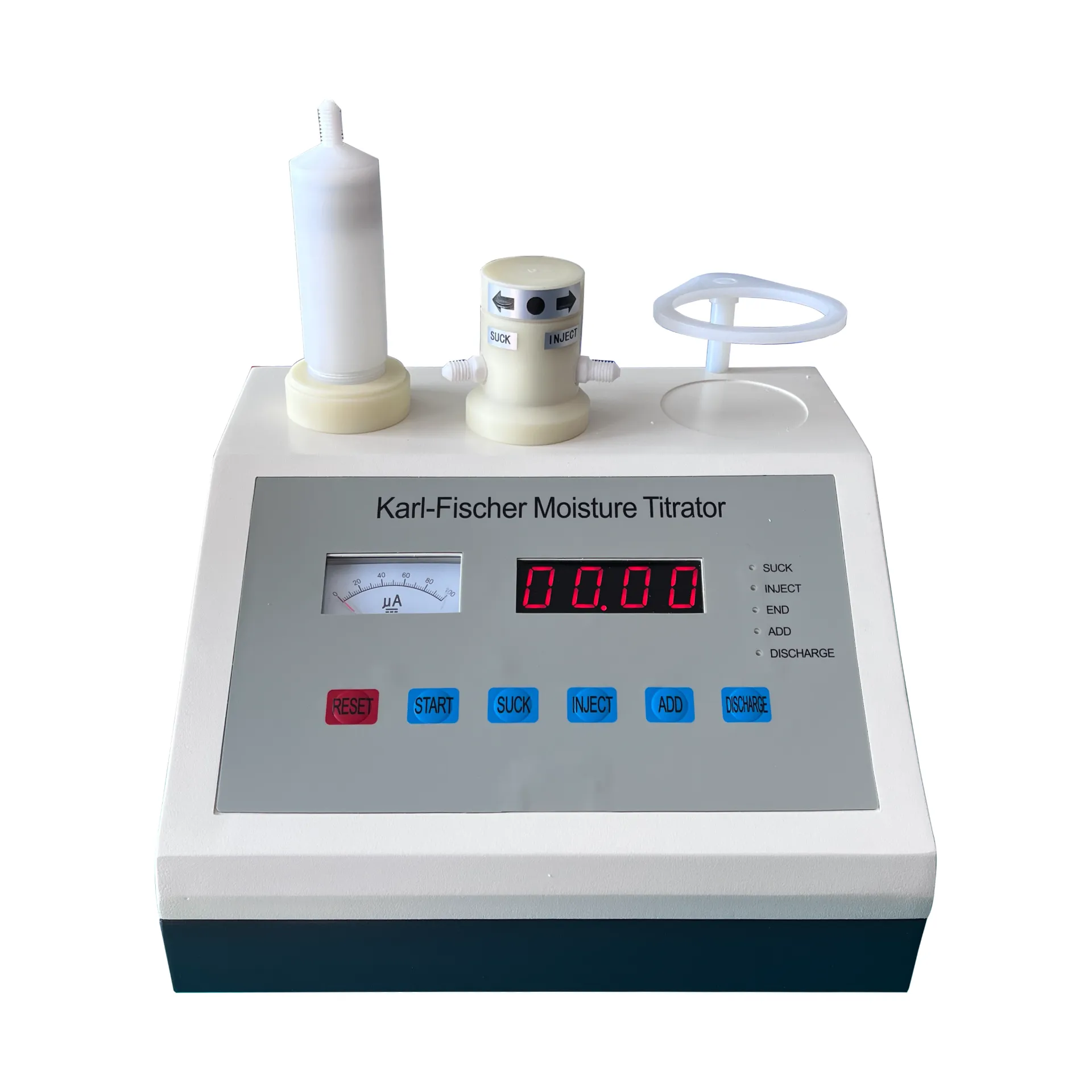 English
English


Understanding Insulation Testing Procedures and Standards for Transformer Performance and Safety Evaluation
Insulation Test for Transformers Ensuring Safety and Reliability
Transformers play a crucial role in the electrical power distribution system by stepping up or stepping down voltage levels. Their efficient operation is essential for the reliability and safety of electrical networks. One critical aspect of maintaining transformer integrity and performance is the insulation system, which prevents electrical leakage, protects against short circuits, and mitigates the risk of equipment failure. Insulation testing is a vital procedure that assesses the condition of the insulation materials used in transformers and helps ensure their safe operation.
Importance of Insulation Testing
Insulation testing serves multiple purposes. Most importantly, it helps identify potential issues within the transformer’s insulation system, such as degradation or moisture intrusion. Over time, insulation materials can deteriorate due to factors like heat, electrical stress, humidity, and chemical exposure. These factors can lead to insulation breakdown, resulting in costly repairs, equipment failures, or even catastrophic accidents.
By conducting regular insulation tests, utilities and maintenance teams can detect flaws early, allowing for timely interventions. This proactive approach enhances the reliability of the transformer and extends its lifespan, ultimately ensuring uninterrupted power supply to consumers.
Common Insulation Testing Methods
Several methods are employed to assess the insulation condition of transformers. Among the most common techniques are
1. Megger Testing (Insulation Resistance Testing) This method applies a high voltage (typically 500 to 5000 V) to the transformer windings while measuring the insulation resistance. A high resistance value indicates good insulation, while low resistance may signal potential failures.
2. DC Hi-Pot Testing This involves applying a high DC voltage to the transformer’s insulation. It not only tests the insulation’s integrity but also helps identify its dielectric strength. However, this test should only be performed by qualified personnel, as it involves significant risk.
3. Power Factor Testing This technique evaluates the power factor of the insulation system under AC voltage. The power factor provides insights into the capacitance and dielectric losses in the insulation materials. A higher power factor indicates potential issues, such as moisture ingress or contamination.
insulation test for transformer

4. Partial Discharge Measurement Partial discharges are small electrical discharges that occur within the insulation system. By detecting and measuring these discharges, technicians can assess the condition and integrity of the insulation, identifying areas of potential failure.
Best Practices for Insulation Testing
To ensure effective and reliable insulation testing, several best practices should be followed
- Regular Testing Schedule Establish a routine testing schedule based on the transformer's age, operating conditions, and manufacturer's recommendations. Regular assessments help track insulation performance over time.
- Qualify Personnel Insulation testing should only be performed by qualified professionals who are familiar with the equipment and safety practices. Proper training and understanding of testing procedures are essential for accurate results.
- Data Analysis After testing, thorough analysis and documentation of the results are crucial. Trends over time can indicate developing issues and help inform maintenance decisions.
- Remedial Action If tests reveal concerning issues, appropriate remedial actions should be taken immediately. Options may include insulation repair, replacement, or further in-depth investigations to determine and mitigate risks.
Conclusion
Insulation testing is an indispensable component of transformer maintenance and reliability. By understanding the importance of insulation integrity and implementing best practices for regular testing, utilities and engineers can ensure safe and efficient transformer operation. In a world increasingly reliant on steady and reliable power, the role of effective insulation cannot be overstated; it is the barrier safeguarding both equipment and consumers alike against the unpredictable nature of electrical faults.
-
Differences between open cup flash point tester and closed cup flash point testerNewsOct.31,2024
-
The Reliable Load Tap ChangerNewsOct.23,2024
-
The Essential Guide to Hipot TestersNewsOct.23,2024
-
The Digital Insulation TesterNewsOct.23,2024
-
The Best Earth Loop Impedance Tester for SaleNewsOct.23,2024
-
Tan Delta Tester--The Essential Tool for Electrical Insulation TestingNewsOct.23,2024





